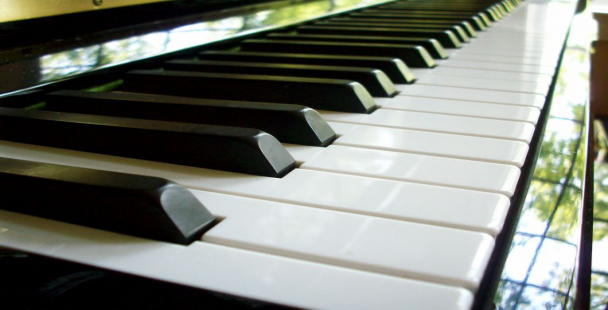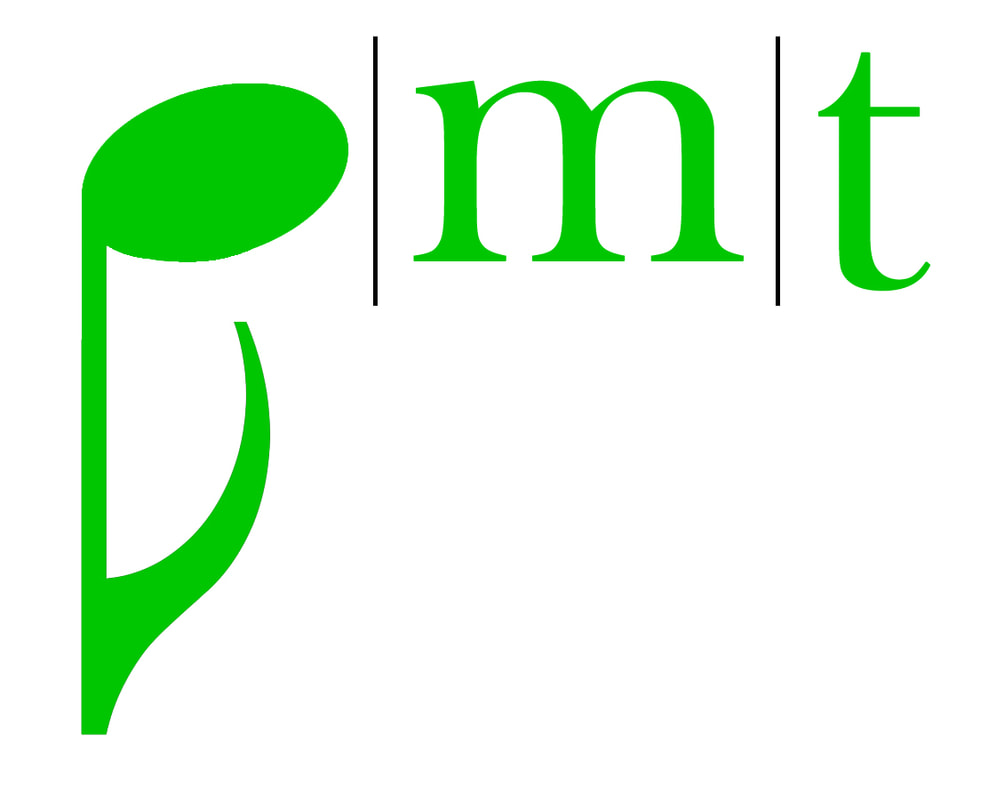|
PMT's Executive Director joined the cohort for the Non-Profit Management Certificate Program. This blog post is the first of nine with reflections on attending the monthly training through the York County Regional Chamber of Commerce. The first class I attended was inspiring! There were over 40 individuals attending from local organizations across the Palmetto State. It was wonderful to learn more about offerings for community members of varying ages and needs! This picture on the grounds of the training site was meaningful. The evolution of PMT's 10 history is amazing. PMT started as a "pop-up" mobile service provider that was a "for-profit". Today, PMT is a team of 5 employees, one intern, and many volunteers. PMT is still conveniently mobile, but also has two stationary locations. Staff overcame much education and advocacy within greater Charlotte in order to methodically introduce ourselves as a private practice and inclusive studio. This leadership training is appealing as PMT is new to the non-for profit sector. One of PMT's main learning objectives is to improve communication. Specifically, we want to improve communication with stakeholders in order that we can best convey the impact of music therapy in our community. Though the nine-month course is not a brief journey, it is a necessary training that is conveniently located in our backyard. Two roads diverged in a wood and I - I took the one less traveled by, and that has made all the difference. - Robert Frost It can feel daunting as PMT has shifted to a non-profit structure. However, this certificate program will inform PMT of resources and connections to smooth this transition. The countless clients, caregivers and organizations that we have served, fuels this long journey. Potential clients whom we could share services with in the future through donation or grant funded opportunities is also fueling our energies! Thank you for supporting PMT's growth and evolution. If you have questions or ideas on our new path, please share in the comment section below: Written by: Gretchen Benner
0 Comments
By: Nick Paredes, MT Intern Music is an intrinsic part of being a teenager. From discovering new music to singing along to familiar songs, listening to, singing, and playing music can help someone open up and express themselves. Especially when words might not be enough, music can help relate and connect. Music Therapy Music therapy with teenagers can look like all sorts of things; it all depends on the goals and interests of whoever is present, whether in a group or individually. Below are some examples of music therapy experiences a teen might participate in. Songwriting With songwriting, a person can have control over the words and sounds of a song while expressing their feelings or processing life experiences. They might choose to rewrite part or all of a song they already know, or start from scratch. The music therapist might help formulate the lyrics, give examples of melodies and harmonies, and be a sounding board for ideas. Music Listening Music listening can allow the opportunity to dive deeper into a song’s meaning and its relatability. When words are too difficult or feelings can’t be verbalized, a song can communicate what a person might be experiencing. Music listening could also include relaxation to music, such as progressive muscle relaxation or imagery-based relaxation experiences to help with anxiety and other stressors. Improvisation Improvisation in music therapy is when the teenager(s) and the therapist create music together in the moment to express and explore feelings musically; this could also look like one teen taking a turn expressing how they feel on one instrument, while the rest of the group listens and supports them with other instruments. Though the improvisation might be discussed afterwards, improvisation allows for a musical “conversation” to take place, and challenges everyone present to find different ways to communicate and connect. Improvisation could be instrumental (piano, drums, xylophone, body percussion etc.) or vocal, and often is a mix; it all depends on the teens’ preferences and the predetermined goal of the improvisation. Music Making Music making encompasses the rest of what might occur within a music therapy session with teens: singing, playing instruments, and even performing for an audience. This might be playing a song together in a group or singing a favorite song along to a recording. Learning to play new instruments within a therapeutic setting could also give a teen new ways to express themselves and connect with others. Singing itself requires deep breathing, and has been shown to help improve mental health and decrease chronic pain (Bradt et al., 2016). Creating music in the moment with a teenager is the purest way of working towards understanding, acceptance, and development. Katrin McFerran, 2010 The flexibility that music allows gives the opportunity to a music therapist and teenager to explore whatever they might be needing in the moment. The music therapist, teenager, and the music itself can foster understanding, acceptance, and development at a time when music is already so intuitively a core part of self-understanding. Sources Bradt, J., Norris, M., Shim., M., Gracely, E. J., & Gerrity, P. (2016). Vocal music therapy for chronic pain management in inner-city African Americans: A mixed methods feasibility study. Journal of Music Therapy, 53(2), 178-206. https://doi.org/10.1093/jmt/thw004 McFerran, Katrina. (2010). Adolescents, music and music therapy. Jessica Kingsley Publishers. Source linked here |
PMTProviding music therapy services for early childhood to older adults, music instruction and enrichment plus continuing music therapy education in Greater Charlotte Area of the Carolinas. Archives
May 2024
Categories
All
|
Piedmont Music Therapy is a 501(c)(3) status organization.
Piedmont Music Therapy accepts donations via venmo @piedmontmusictherapy or any amount through QuickBooks. Contact us to arrange an electronic pledge!
Main Location |
|




 RSS Feed
RSS Feed
